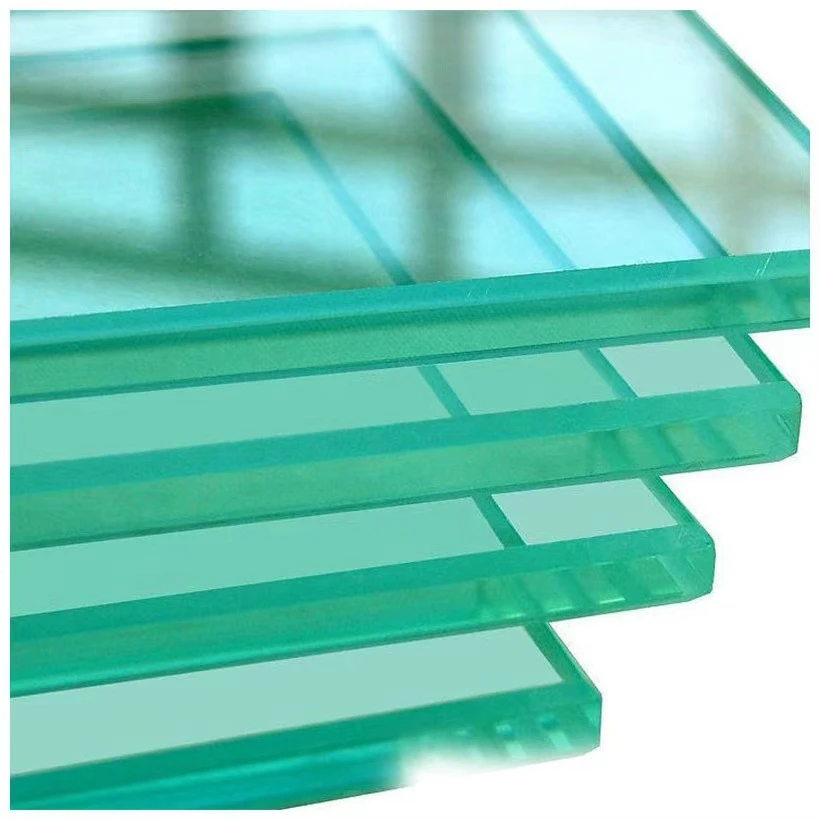Understanding Tempered Glass Varieties and Applications
Tempered glass, also known as toughened glass, is a type of safety glass that has been treated through a process of extreme heating and rapid cooling. This process enhances its strength compared to standard glass, making it more resistant to impact, thermal stress, and breakage. Understanding the various varieties of tempered glass and their applications is crucial for architects, builders, and consumers who seek safe and reliable materials for their projects.
The Tempering Process
To comprehend the different varieties of tempered glass, it’s important to first understand the tempering process. Initially, the glass is heated to a temperature of around 620 to 660 degrees Celsius (around 1,148 to 1,220 degrees Fahrenheit). It is then rapidly cooled with air jets. This tempering process alters the structure of the glass, creating compressive stresses on its surface while leaving the inner parts in a state of tensile stress. This unique attribute allows tempered glass to withstand significantly more force than untreated glass, which is why it is favored in many construction and design applications.
Varieties of Tempered Glass
1. Standard Tempered Glass This is the most common type of tempered glass available in the market. It is utilized in various applications, including window panes, shower doors, and patio doors. Standard tempered glass is typically clear, but it can also be made in various tints and thicknesses depending on the specific project needs.
2. Laminated Tempered Glass This variety combines the benefits of both tempered and laminated glass. Laminated tempered glass consists of two or more layers of tempered glass bonded together with an interlayer, usually made of polyvinyl butyral (PVB). This combination offers enhanced security and sound attenuation. It is commonly used in applications where safety is crucial, such as skylights, storefronts, and glass facades.
3. Color-Tinted Tempered Glass This variety is produced by adding ceramic pigments during the glass manufacturing process. The resulting glass not only provides aesthetic appeal by adding color but also helps to reduce glare and regulate heat. Color-tinted tempered glass is often used in commercial buildings and residential spaces, particularly in areas where sunlight exposure is significant.
tempered glass variety
4. Low-E Tempered Glass Low-emissivity (Low-E) tempered glass has a special coating that reflects heat. This variety helps to improve energy efficiency in buildings by minimizing the amount of ultraviolet and infrared light that can pass through the glass without compromising the amount of visible light. It is commonly used in energy-efficient windows and facades.
5. Patterned Tempered Glass This type of glass is created with a specific texture or pattern, which can provide an element of privacy while still allowing light to pass through. Patterned tempered glass is often used in bathroom windows, office partitions, and decorative applications. Its unique design can also enhance the aesthetic value of a space.
6. Fire-Rated Tempered Glass Specifically designed to withstand high temperatures, fire-rated tempered glass is used in applications where fire safety is a concern. It can resist flames and prevent the rapid spread of fire, making it ideal for doors, windows, and partitions in commercial buildings and public spaces.
Applications of Tempered Glass
The applications for tempered glass are vast and varied. In residential settings, it is commonly used in shower enclosures, patio doors, and glass railings. In commercial spaces, tempered glass is used for facades, storefronts, and interior partitions, providing a modern aesthetic and a sense of openness. Additionally, tempered glass plays a vital role in the automotive industry, where it is used for windows and windshields due to its strength and safety features.
Conclusion
In summary, tempered glass is an essential material in contemporary architecture and design. Its varieties, including standard, laminated, color-tinted, low-E, patterned, and fire-rated tempered glass, cater to a wide range of needs and preferences. As the demand for safer, more efficient, and aesthetically pleasing materials continues to rise, tempered glass stands out as a versatile option that satisfies these evolving requirements. Whether for home or commercial applications, understanding the characteristics and benefits of each type of tempered glass can lead to informed choices that enhance safety, beauty, and functionality.
 Afrikaans
Afrikaans  Albanian
Albanian  Amharic
Amharic  Arabic
Arabic  Armenian
Armenian  Azerbaijani
Azerbaijani  Basque
Basque  Belarusian
Belarusian  Bengali
Bengali  Bosnian
Bosnian  Bulgarian
Bulgarian  Catalan
Catalan  Cebuano
Cebuano  Corsican
Corsican  Croatian
Croatian  Czech
Czech  Danish
Danish  Dutch
Dutch  English
English  Esperanto
Esperanto  Estonian
Estonian  Finnish
Finnish  French
French  Frisian
Frisian  Galician
Galician  Georgian
Georgian  German
German  Greek
Greek  Gujarati
Gujarati  Haitian Creole
Haitian Creole  hausa
hausa  hawaiian
hawaiian  Hebrew
Hebrew  Hindi
Hindi  Miao
Miao  Hungarian
Hungarian  Icelandic
Icelandic  igbo
igbo  Indonesian
Indonesian  irish
irish  Italian
Italian  Japanese
Japanese  Javanese
Javanese  Kannada
Kannada  kazakh
kazakh  Khmer
Khmer  Rwandese
Rwandese  Korean
Korean  Kurdish
Kurdish  Kyrgyz
Kyrgyz  Lao
Lao  Latin
Latin  Latvian
Latvian  Lithuanian
Lithuanian  Luxembourgish
Luxembourgish  Macedonian
Macedonian  Malgashi
Malgashi  Malay
Malay  Malayalam
Malayalam  Maltese
Maltese  Maori
Maori  Marathi
Marathi  Mongolian
Mongolian  Myanmar
Myanmar  Nepali
Nepali  Norwegian
Norwegian  Norwegian
Norwegian  Occitan
Occitan  Pashto
Pashto  Persian
Persian  Polish
Polish  Portuguese
Portuguese  Punjabi
Punjabi  Romanian
Romanian  Russian
Russian  Samoan
Samoan  Scottish Gaelic
Scottish Gaelic  Serbian
Serbian  Sesotho
Sesotho  Shona
Shona  Sindhi
Sindhi  Sinhala
Sinhala  Slovak
Slovak  Slovenian
Slovenian  Somali
Somali  Spanish
Spanish  Sundanese
Sundanese  Swahili
Swahili  Swedish
Swedish  Tagalog
Tagalog  Tajik
Tajik  Tamil
Tamil  Tatar
Tatar  Telugu
Telugu  Thai
Thai  Turkish
Turkish  Turkmen
Turkmen  Ukrainian
Ukrainian  Urdu
Urdu  Uighur
Uighur  Uzbek
Uzbek  Vietnamese
Vietnamese  Welsh
Welsh  Bantu
Bantu  Yiddish
Yiddish  Yoruba
Yoruba  Zulu
Zulu 

